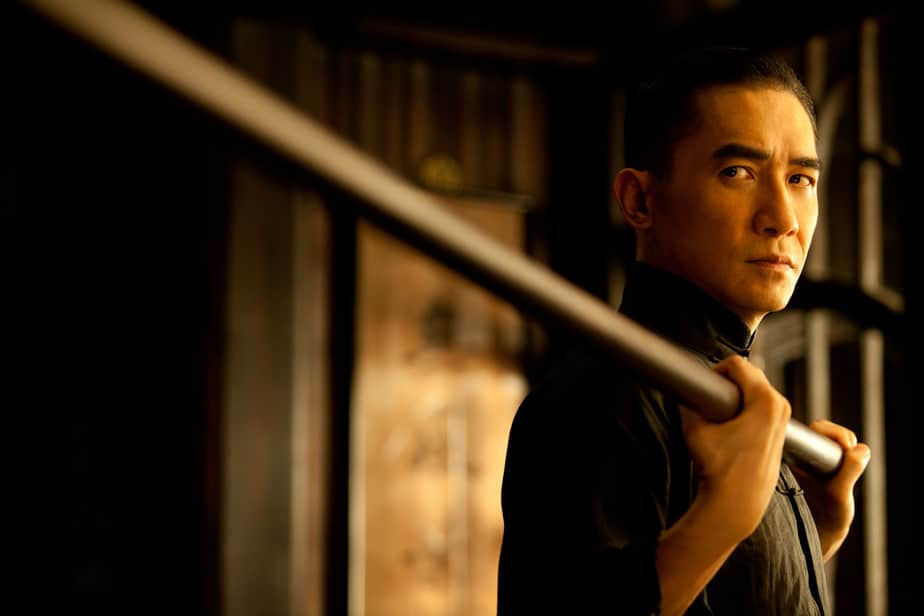One has to wonder is this in any way shape or form representative of reality. In my opinion there is a shadow of truth in the various movie portrayals of the so called Dim Mak (death touch). Anyone with a basic knowledge of anatomy and some very basic training could take advantage of obvious anatomical weak points on the body that if struck would cause temporary to permanent injury and or death.Targets such as the eyes, ears, nose, throat, solar plexus, groin etc.
That 's not really quite the theatrical effect we were looking for, another possibility is deep knowledge of physiology and anatomy. If a highly skilled martial artist was also trained as a doctor he would know precisely where to strike to create specific effects and shut down specific bodily systems. Although this is closer to what one might imagine it's still not quite the same.
One last option might be an expert martial artist who is also an expert in traditional chinese medicine. With this knowledge he may be able to attack the body's energetic network of meridians and cause more subtle negative effects to the intended target. This is probably the least likely scenario as those who possess very deep martial arts knowledge as well as deep knowledge of TCM are very rare indeed...


